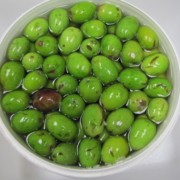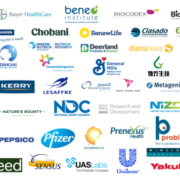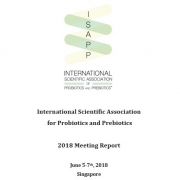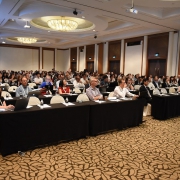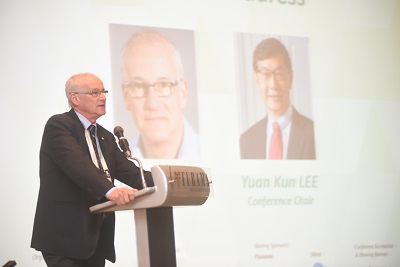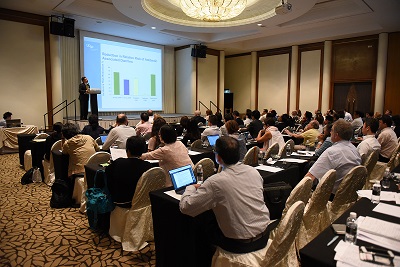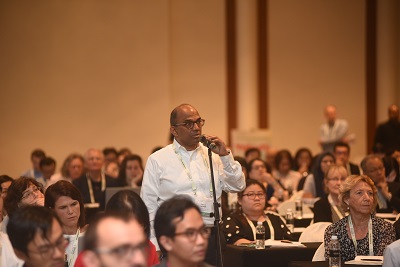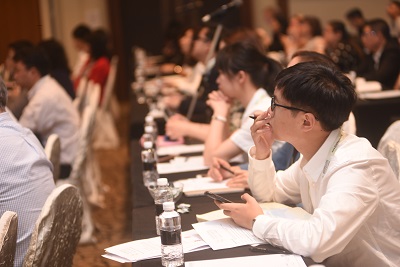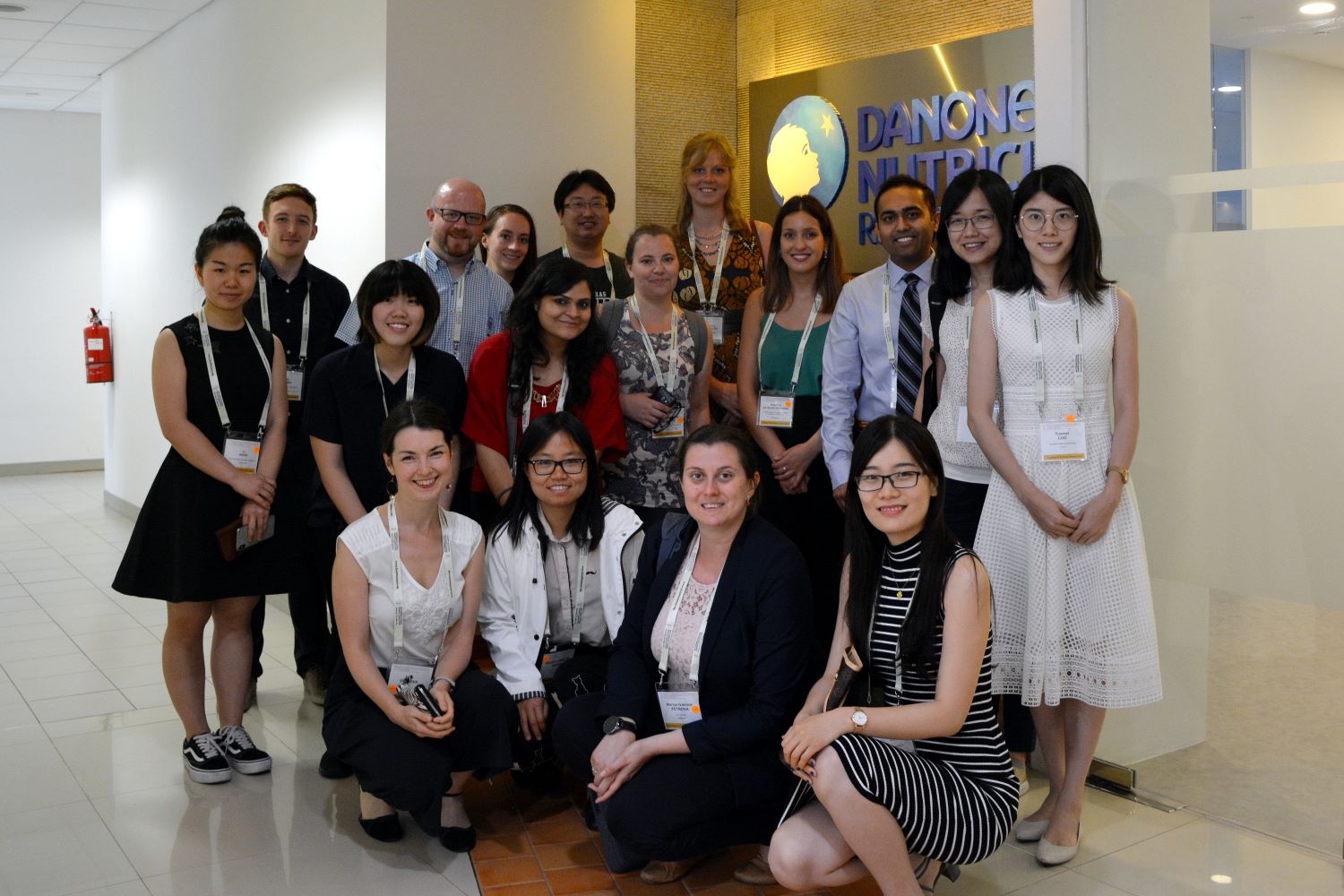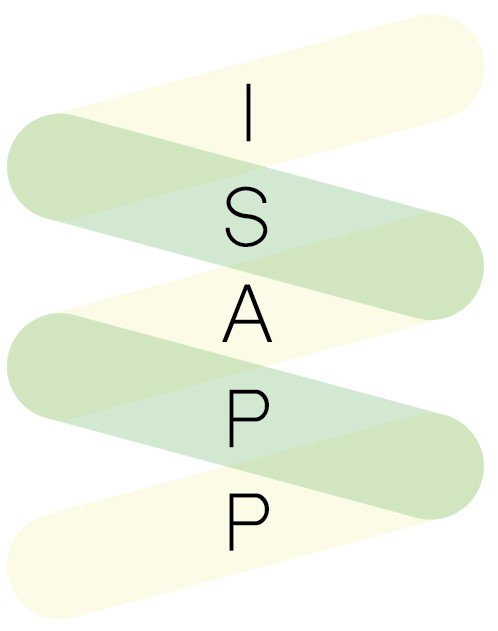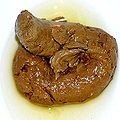ISAPP discussion group leads to new review paper providing a global perspective on the science of fermented foods and beverages
By Kristina Campbell, MSc, Science & Medical Writer
Despite the huge variety of fermented foods that have originated in countries all over the world, there are relatively few published studies describing the microbiological similarities and differences between these very diverse foods and beverages. But in recent years, thanks to the availability of high throughput sequencing and other molecular technologies combined with new computational tools, analyses of the microbes that transform fresh substrates into fermented foods are becoming more frequent.
A group of researchers from North America, Europe, and Asia gathered at the International Scientific Association for Probiotics and Prebiotics (ISAPP) 2018 conference in Singapore to discuss the science of fermented foods. Their goal was to provide a global perspective on fermented foods to account for the many cultural, technological, and microbiological differences between east and west. This expert panel discussion culminated in a new review paper, published in Comprehensive Reviews in Food Science and Food Safety, entitled Fermented foods in a global age: East meets West.

Prof. Robert Hutkins, the paper’s lead author, says the diversity of panelists in the discussion group was an important aspect of this work. “Although we were all connected by our shared interests in fermented foods, each panelist brought a particular expertise along with different cultural backgrounds to our discussions,” he says. “Thus, one of the important outcomes, as noted in the published review paper, was how greatly historical and cultural factors, apart from microbiology, influence the types of fermented foods and beverages consumed around the world.”
The review captures the current state of knowledge on the variety of microbes that create fermented foods: whether these are starter cultures or microbes already present in the surrounding environment (i.e. the ‘authochthonous’ or ‘indigenous’ microbiota). The paper identifies general region-specific differences in the preparation of fermented foods, and the contrast between traditional and modern production of fermented foods—including the trade-offs between local and larger-scale manufacturing.
The authors of the article also took on the painstaking work of cataloging dozens of fermented foods from all over the world, including fermented milk products, fermented cereal foods, fermented vegetable products, fermented legume foods, fermented root crop foods, fermented meat foods, fermented fish products, and alcoholic beverages.
The expert panel discussions held every year at the ISAPP annual meeting provide a much-anticipated opportunity for globally leading scientists to come together to discuss issues relevant to scientific innovation and the direction of the field. This paper is an example of a concrete outcome of one of these discussion groups.
For more on fermented foods, see this ISAPP infographic or this educational video.

